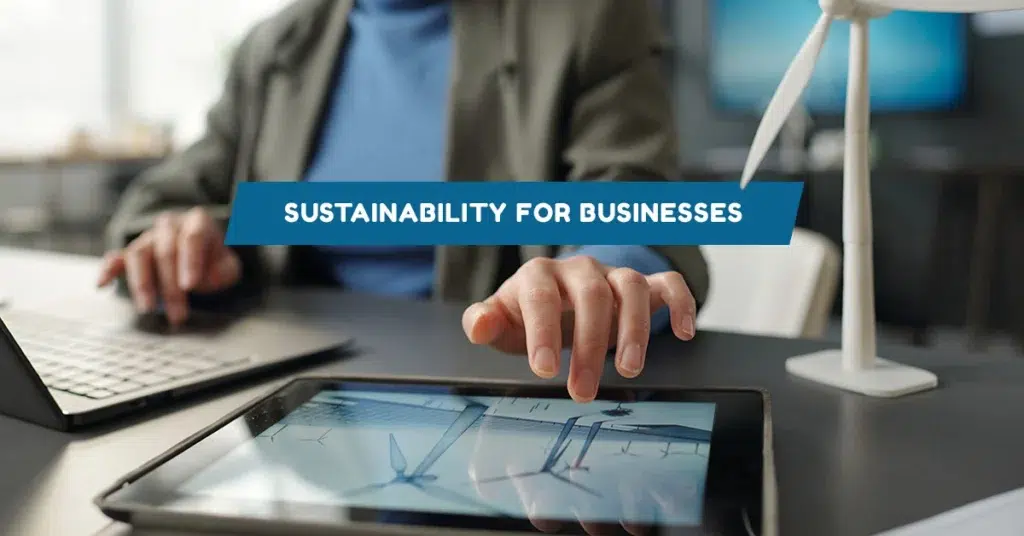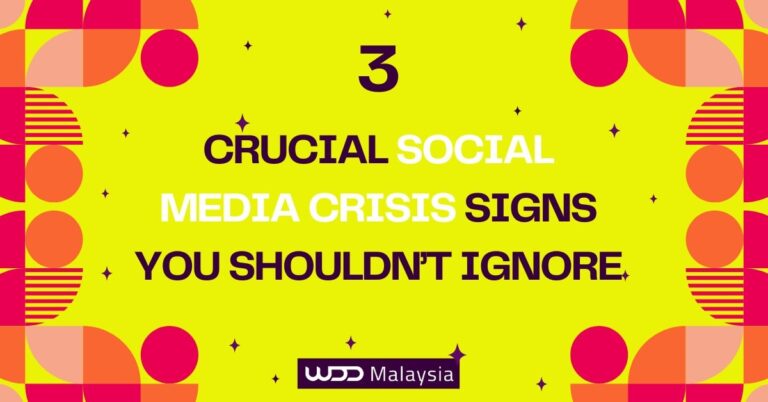
Ethical web design focuses on prioritising users and evaluating how a website serves them and the planet. It emphasises questioning practices rather than labelling them as good or bad. Understanding the web content accessibility guidelines is crucial for website designers to ensure inclusivity.
Web accessibility is a fundamental principle in website design, ensuring all users, regardless of abilities, can effectively interact with content. This includes considerations for visual, auditory, cognitive, and motor impairments. The Ethical Web Design Principles provide a framework for objectively judging decisions based on agreed-upon standards.
Introduction to Ethical Web Design
Ethical web design is a crucial aspect of creating a positive and responsible online presence. It involves considering the impact of design decisions on users, the environment, and society as a whole. Ethical web design is not just about following a set of rules or guidelines, but rather about adopting a mindset that prioritizes the well-being of users and the planet. By incorporating ethical principles into web design, developers can create websites that are not only visually appealing and functional but also responsible and sustainable.
In the digital realm, ethical principles guide web designers to make decisions that respect user privacy, promote accessibility, and ensure transparency. This holistic approach not only enhances user trust but also contributes to a more inclusive and equitable online environment. As web developers, embracing ethical web design means committing to practices that protect user data, minimize environmental impact, and foster a positive user experience.
Ethical Web Design Principles
Ethical Principles of Web: When considering the ethical principles of web, website designers must prioritise user well-being and inclusivity. Ethical web design principles guide the decision-making process, ensuring that websites are developed with integrity and respect for users.
Explanation and Standards
To understand the explanation behind ethical web design, one must recognize its focus on user-centricity and responsible practices. Upholding ethics in web development involves creating platforms that prioritise accessibility, transparency, and sustainability.
Implementation
The implementation phase of ethical web design requires meticulous attention to detail. Website designers should integrate ethical considerations into every aspect of website creation, from layout to functionality.

Accessibility for the Users
When designing a website, web accessibility is essential to ensure that all users, regardless of abilities, can easily navigate and interact with the content. Prioritising accessibility not only benefits users with disabilities but also enhances the overall user experience for everyone.
User Feedback Design
Incorporating user feedback design into the development process allows designers to gather valuable insights from users. By implementing feedback mechanisms, such as surveys or comment sections, website designers can understand user preferences and make informed decisions to improve the website.
Implementation
During the implementation phase of user feedback design, web designers should strategically place feedback prompts throughout the website. Utilising clear call-to-action buttons and intuitive feedback forms encourages user engagement. Additionally, analysing and acting upon the feedback received helps in continuously enhancing the website’s usability and relevance.

Transparency
When considering ethics and compliance in web design, it is essential to prioritise transparency and accountability. Upholding ethical standards ensures that users can trust the website and its content. By focusing on compliance with regulations and ethical guidelines, web designers demonstrate their commitment to integrity.
Ethics and Compliance
In the realm of web design, ethics and compliance play a crucial role in establishing credibility and trustworthiness. Designers must adhere to ethical principles to safeguard user interests and privacy. By integrating compliance measures into every aspect of website development, designers create a transparent digital environment.
Implementation
During the implementation phase of ethics and compliance, web designers should conduct thorough audits to ensure adherence to ethical standards. Implementing clear policies regarding data usage, content authenticity, and user rights promotes transparency. By providing easily accessible information on how user data is handled and protected, websites can build trust with their audience.

User Privacy
Ensuring privacy compliance is a fundamental aspect of ethical web design. Web designers must prioritise safeguarding user data and information to build trust with their audience. By implementing robust privacy policies and security measures, websites can protect user confidentiality and integrity.
Implementation
Clearly outline data collection practices: Websites should provide transparent information on data handling procedures to users.
Secure data storage: Implement encryption protocols to safeguard sensitive user information.
Regular audits: Conduct periodic reviews of data security measures to identify and address vulnerabilities promptly.
Promoting data ethics is essential for maintaining user trust and upholding ethical standards in web design. Website designers should consider the ethical implications of data usage and ensure responsible practices throughout the website development process.
Implementation
Data minimization: Collect only necessary user information to reduce the risk of data breaches.
Consent management: Obtain explicit user consent for data collection and processing activities.
Ethical data handling: Establish guidelines for ethical data collection practices to respect user privacy rights.

Sustainability for Businesses
In the realm of web design, sustainability in web design is a critical consideration for businesses aiming to reduce their environmental impact and promote eco-friendly practices. Implementing sustainable design strategies not only benefits the planet but also enhances brand reputation and attracts environmentally conscious consumers.
Implementation
Optimise energy efficiency: Utilise energy-efficient hosting services and servers to minimise carbon emissions and reduce energy consumption.
Reduce digital waste: Streamline website code and optimise images to decrease loading times and improve resource efficiency.
Promote renewable resources: Embrace renewable energy sources, such as solar or wind power, to power data centres and contribute to a greener digital infrastructure.
By prioritising sustainability in web design, businesses can align their online presence with ethical principles, demonstrating a commitment to environmental responsibility while fostering a positive brand image.

User-Centred Design
When considering design decisions in user-centred design, prioritising user needs and preferences is paramount. Website designers must analyse user interactions to make informed decisions that enhance the overall user experience. By focusing on intuitive navigation and clear information architecture, websites can effectively guide users through their online journey.
Information Feedback
In information feedback, providing users with relevant and timely information is essential for engaging them effectively. Web designers should ensure that content is easily accessible and comprehensible to all users. By incorporating interactive elements such as tooltips or pop-ups, websites can offer additional context without overwhelming the user.
Ethical Content
Maintaining ethical content involves upholding copyright compliance and respecting intellectual property rights. Web designers must prioritise originality and proper attribution when creating content for websites. By obtaining necessary permissions and licences for multimedia assets, websites can avoid legal issues and promote ethical content sharing.
Copyright Compliance
Ensuring copyright compliance is crucial for protecting creators’ rights and fostering a culture of respect within the digital landscape. Website designers should conduct thorough research to verify the ownership of any third-party content used on the website. By acknowledging sources and citing references appropriately, websites can demonstrate integrity and adherence to ethical standards.

Device-First Design
Device-first design is an approach to web design that prioritizes the user experience on different devices. With the increasing use of mobile devices to access the internet, it’s essential to ensure that websites are optimized for various screen sizes and devices. Device-first design involves designing for smaller screens first and then working up to larger screens. This approach ensures that websites are accessible and usable on all devices, providing a positive user experience for web users.
By focusing on mobile-first design, web designers can create responsive and adaptive web pages that cater to the needs of users on smartphones, tablets, and desktops. This method not only improves usability but also enhances the overall performance of the website. Ensuring that content is easily navigable and visually appealing across all devices is key to maintaining user engagement and satisfaction.
Development Best Practices
Development best practices are essential for creating a website that is secure, efficient, and easy to maintain. This includes following coding standards, using version control systems, and testing for accessibility and usability. By adopting development best practices, web developers can ensure that their websites are robust, scalable, and meet the needs of web users. Additionally, development best practices can help protect user data and prevent data breaches, which is a critical ethical consideration in web design.
Implementing secure coding practices and regular security audits can significantly reduce the risk of data breaches. Web developers should also prioritize the use of content management systems that support ethical data collection and storage practices. By adhering to these best practices, developers not only enhance the functionality and reliability of their websites but also build trust with their users by safeguarding their data.
Search Engine Optimization (SEO) Considerations
Search engine optimization (SEO) is the process of improving the visibility and ranking of a website in search engines. SEO considerations are essential for web designers and developers, as they can impact the website’s accessibility and usability. By incorporating SEO best practices, web designers can ensure that their websites are visible to search engines and provide a positive user experience for web users. This includes using relevant keywords, optimizing images, and creating high-quality content.
Effective SEO strategies involve more than just keyword placement; they require a comprehensive approach to content creation and site structure. Web designers should focus on creating informative, engaging content that meets the needs of their audience while adhering to ethical guidelines. Optimizing web pages for speed and mobile compatibility also plays a crucial role in improving search engine rankings and user satisfaction.
Virtue Ethics
When it comes to virtue ethics on the web, the focus shifts towards cultivating moral character traits in web design practices. Upholding virtues such as honesty, integrity, and empathy is essential for creating digital experiences that prioritise user well-being and ethical standards. Web designers who embody virtue ethics strive to make decisions that positively impact users and society as a whole.
Explanation
In the context of web design, virtue ethics emphasises the importance of ethical decision-making based on virtuous principles. By integrating virtues like fairness and accountability into design processes, website designers can create websites that resonate with users on a deeper level. virtue ethics encourages website designers to go beyond functional aspects and consider the broader implications of their design choices.
Implementation
Implementing virtue ethics in web design involves fostering a culture of ethical responsibility within design teams. By promoting virtues such as transparency and respect for user privacy, web designers can build trust with their audience. Incorporating ethical considerations into every stage of website development ensures that digital experiences align with virtuous principles.

Implementing Ethical Website Design
When considering implementing ethical website design, the focus is on creating digital experiences that prioritise ethical standards and user well-being. Designers play a crucial role in ensuring that websites adhere to ethical web design principles throughout the development process.
User Testing
In user testing, website designers conduct thorough assessments to evaluate the functionality and usability of a website. By encouraging user feedback, website designers gain valuable insights into user preferences and behaviours. This iterative process allows for continuous improvement of the website’s design and performance.
Encouraging User Feedback
Encouraging user feedback is essential for enhancing user experiences and addressing potential issues promptly. Website designers should provide clear avenues for users to share their thoughts and suggestions, such as feedback forms or surveys. By actively listening to user feedback, website designers can identify areas for optimization and ensure that the website meets user expectations.
Approach In Web Design
The approach in web design involves implementing ethical considerations at every stage of the design process. By prioritising capability approach principles, designers ensure that websites are accessible, transparent, and user-centred.
Capability Approach In Web
Capability approach in web emphasises empowering users by providing them with the necessary tools and resources to navigate digital platforms effectively. Website designers should focus on creating inclusive web experiences that cater to diverse user needs and preferences.

Collaborating with Diverse Teams
Collaborating with diverse teams is essential for creating websites that cater to a wide range of users. By working with designers, developers, and experts from different backgrounds and disciplines, web designers can ensure that their websites are accessible, usable, and meet the needs of diverse web users. This includes considering different cultures, languages, and abilities, and incorporating feedback from users to improve the website’s design and functionality.
Diverse teams bring a wealth of perspectives and ideas that can lead to more innovative and inclusive web design solutions. By embracing diversity, web designers can create digital experiences that resonate with a broader audience and address the unique needs of various user groups. This collaborative approach not only enhances the quality of the website but also promotes a culture of inclusivity and respect within the digital world.
Continuous Learning and Improvement
Continuous learning and improvement are essential for web designers and developers, as the digital world is constantly evolving. By staying up-to-date with the latest trends, technologies, and best practices, web designers can ensure that their websites are secure, efficient, and meet the needs of web users. This includes attending conferences, reading industry blogs, and participating in online forums to stay informed and improve their skills. Additionally, continuous learning and improvement can help web designers identify and address ethical implications and considerations in web design, such as safeguarding user data and protecting user privacy.
In the fast-paced digital realm, ongoing education is crucial for maintaining a competitive edge and upholding ethical standards. Web designers should actively seek out opportunities for professional development and be open to feedback and new ideas. By fostering a culture of continuous improvement, web designers can create more effective, ethical, and user-centered websites that adapt to the ever-changing needs of their audience.
Conclusion
Recapping the 13 Ethical Web Design Principles is vital for ensuring a foundation of integrity and user-centricity. Continuous improvement remains key in refining websites to meet evolving user needs and ethical standards. Looking ahead, future directions in ethical web design involve embracing emerging technologies while upholding principles of transparency, accessibility, and sustainability. Striving for ethical excellence paves the way for responsible digital experiences that prioritise users and societal well-being.




